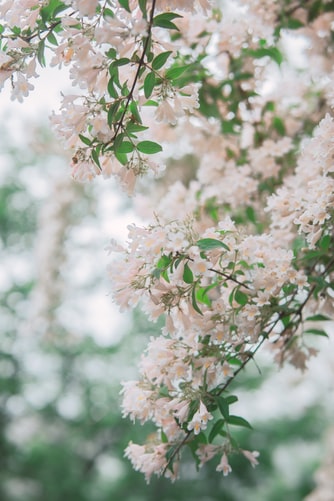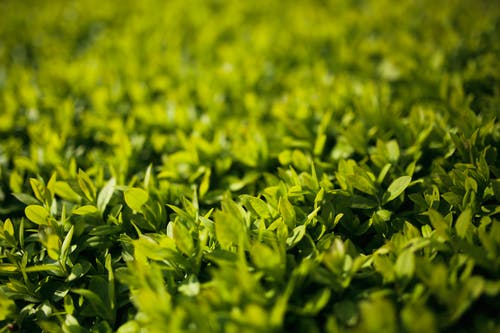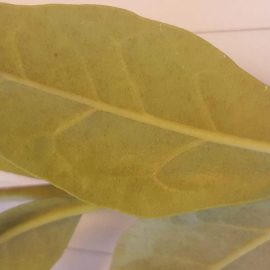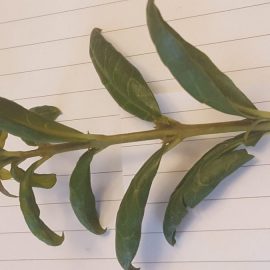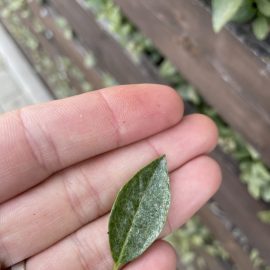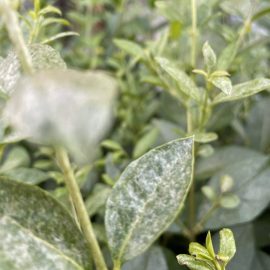Wild privet, planting guide and care work
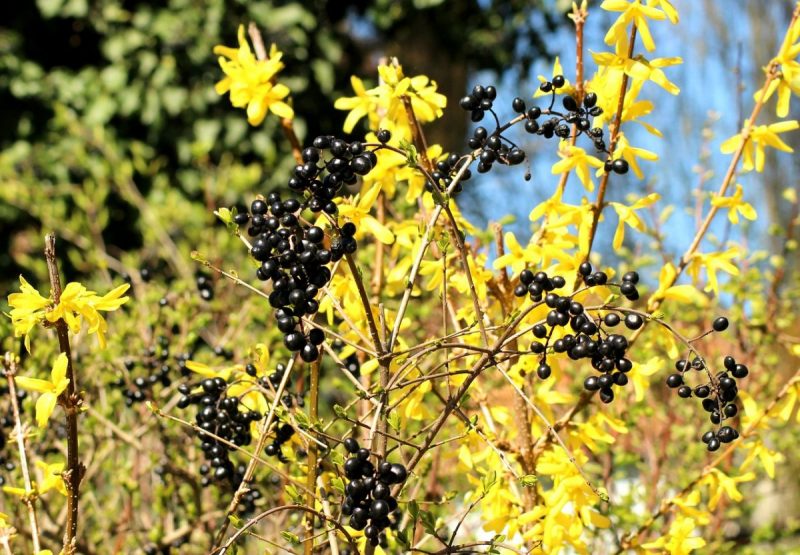
Wild privet is often cultivated for ornamental purposes due to its semi-persistent leaves, its flowers clustered in rich panicles, respectively its black, spherical, decorative fruits. It belongs to the Oleaceae family, genus Ligustrum.
Species and varieties
Ligustrum vulgare (wild privet)
It is a shrub widespread in the forests of the hilly and lowland areas. The maximum height of the shrubs is approx. 5 m, the stems are often branched, brushy. The grazed or ragged bark has an unpleasant smell. It has leaves that are 3-6 cm long, with a sharp tip, semi-persistent (some remain attached to the branches even during the cold season). The flowers develop in June-July, are white, clustered in straight, upwards-oriented panicles, approx. 6 cm long. The fruits are small, glossy, and shiny spherical berries that have 1-4 seeds and remain attached to the branches during winter.
Varieties:
- Ligustrum vulgare var. sempervirens – with evergreen, narrow leaves;
- Ligustrum vulgare var. buxifolium – with greenish-blue leaves and white stripes;
- Ligustrum vulgare var. chlorocarpum – with green berries;
- Ligustrum vulgare var. altovirens – with dark green, shiny leaves.
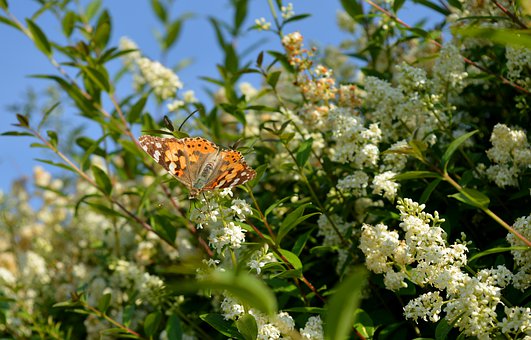
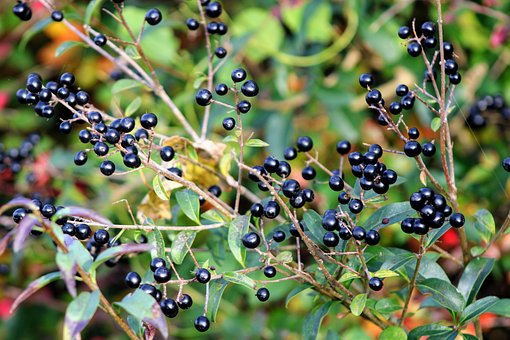
Ligustrum ovalifolium (garden privet)
A shrub native to Japan, with heights of up to 5 m, deciduous or semi-persistent leaves, 3-7 cm long, dark green on the topside and light green on the underside. The flowers are yellow or white, arranged in panicles, with a strong, unpleasant smell. The fruits are small, black, spherical.
Varieties:
- Ligustrum ovalifolium var. aureum – with the edges of the leaves yellow-golden or with entirely yellow leaves;
- Ligustrum ovalifolium var. argenteomarginatum – with white or cream leaf edges.
Ligustrum japonicum (wax-leaf privet)
Originally from Japan and Korea, it is a shrub with evergreen leaves, up to 10 cm long, dark green and shiny on the topside. It has white flowers, arranged in panicles that are up to 15 cm long. The berries are blackish and slightly elongated.
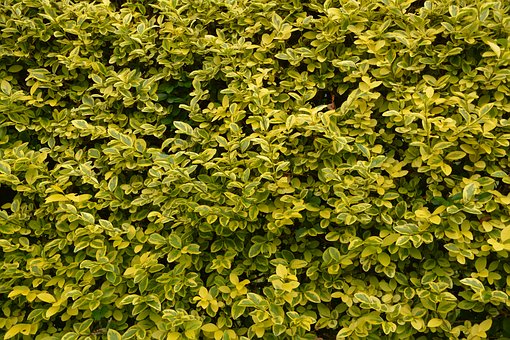
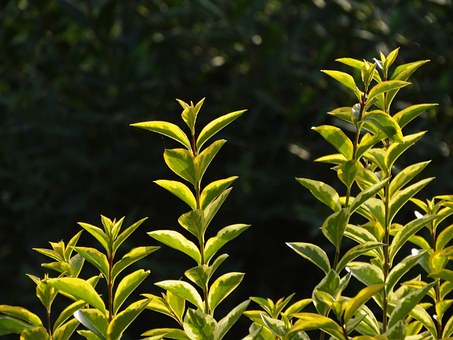
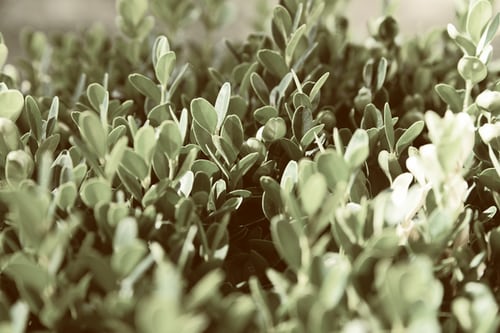
Environmental conditions
Light. It grows well and blooms abundantly in direct sunlight or partially shaded places, but it also can also withstand shade.
Temperature. Some types of privet shrubs can withstand low temperatures, frost, and freeze, as well as drought. The garden privet prefers a milder climate.
Soil. Ligustrum species do not have special demands regarding the soil. They grow well in any type of soil, except in very compact, very acidic, or salty ones.
Care
Watering. It is necessary only in the beginning, after planting the seedlings, respectively in case of long droughts.
Fertilization. For vigor and resistance against diseases and pests, it is recommended to apply fertilizers.
Recommended products
-
You can find products on a different store
Change Store -
You can find products on a different store
Change Store -
You can find products on a different store
Change Store -
You can find products on a different store
Change Store -
You can find products on a different store
Change Store -
You can find products on a different store
Change Store -
You can find products on a different store
Change Store -
You can find products on a different store
Change Store -
You can find products on a different store
Change Store -
You can find products on a different store
Change Store -
You can find products on a different store
Change Store -
You can find products on a different store
Change Store -
You can find products on a different store
Change Store -
You can find products on a different store
Change Store -
You can find products on a different store
Change Store -
You can find products on a different store
Change Store -
You can find products on a different store
Change Store -
You can find products on a different store
Change Store -
You can find products on a different store
Change Store -
You can find products on a different store
Change Store -
You can find products on a different store
Change Store -
You can find products on a different store
Change Store -
You can find products on a different store
Change Store -
You can find products on a different store
Change Store
Pruning. It can withstand shape correction cuts very well. In the case of a hedge made from Ligustrum species, it can be cut monthly during the vegetative growth period.
Recommended products
-
You can find products on a different store
Change Store -
You can find products on a different store
Change Store -
You can find products on a different store
Change Store -
You can find products on a different store
Change Store -
You can find products on a different store
Change Store -
You can find products on a different store
Change Store -
You can find products on a different store
Change Store -
You can find products on a different store
Change Store -
You can find products on a different store
Change Store -
You can find products on a different store
Change Store -
You can find products on a different store
Change Store -
You can find products on a different store
Change Store -
You can find products on a different store
Change Store -
You can find products on a different store
Change Store -
You can find products on a different store
Change Store -
You can find products on a different store
Change Store -
You can find products on a different store
Change Store -
You can find products on a different store
Change Store -
You can find products on a different store
Change Store -
You can find products on a different store
Change Store -
You can find products on a different store
Change Store -
You can find products on a different store
Change Store -
You can find products on a different store
Change Store -
You can find products on a different store
Change Store
Planting. It is preferably done in autumn or early spring, before the start of the vegetative growth period.
Recommended products
-
You can find products on a different store
Change Store -
You can find products on a different store
Change Store -
You can find products on a different store
Change Store -
You can find products on a different store
Change Store -
You can find products on a different store
Change Store -
You can find products on a different store
Change Store -
You can find products on a different store
Change Store -
You can find products on a different store
Change Store -
You can find products on a different store
Change Store -
You can find products on a different store
Change Store -
You can find products on a different store
Change Store -
You can find products on a different store
Change Store -
You can find products on a different store
Change Store -
You can find products on a different store
Change Store -
You can find products on a different store
Change Store -
You can find products on a different store
Change Store -
You can find products on a different store
Change Store -
You can find products on a different store
Change Store -
You can find products on a different store
Change Store -
You can find products on a different store
Change Store -
You can find products on a different store
Change Store -
You can find products on a different store
Change Store -
You can find products on a different store
Change Store -
You can find products on a different store
Change Store
Propagation. It can be made through germination (from seeds) or vegetatively (cuttings, root suckers, shoots). In the case of the wild privet, it is recommended to keep the seeds from harvest until May, followed by their layering until late autumn (November).
Diseases and pests. It can be affected by rust, spots, powdery mildew, rot, fire blight, etc., caused by fungi or bacteria (Cercospora, Botryosphaeria, Armillaria, etc.). Numerous species of aphids, lice, moths, or beetles can cause damage to privet shrubs (e.g. Pseudaulacaspis prunicola, Aculus ligustri, Dialeurodes sp., Podosesia syringae, Dendrothrips ornatus ). It is recommended to apply preventive and control treatments with specific insecticides and fungicides.
In addition:
- it has a low lifespan of up to approx. 50 years;
- it is a fast-growing, active species;
- it is resistant to pollution;
- it is often planted for ornamental purposes, in gardens, parks, alignments or hedges.














































































































































































































































































































































































































































